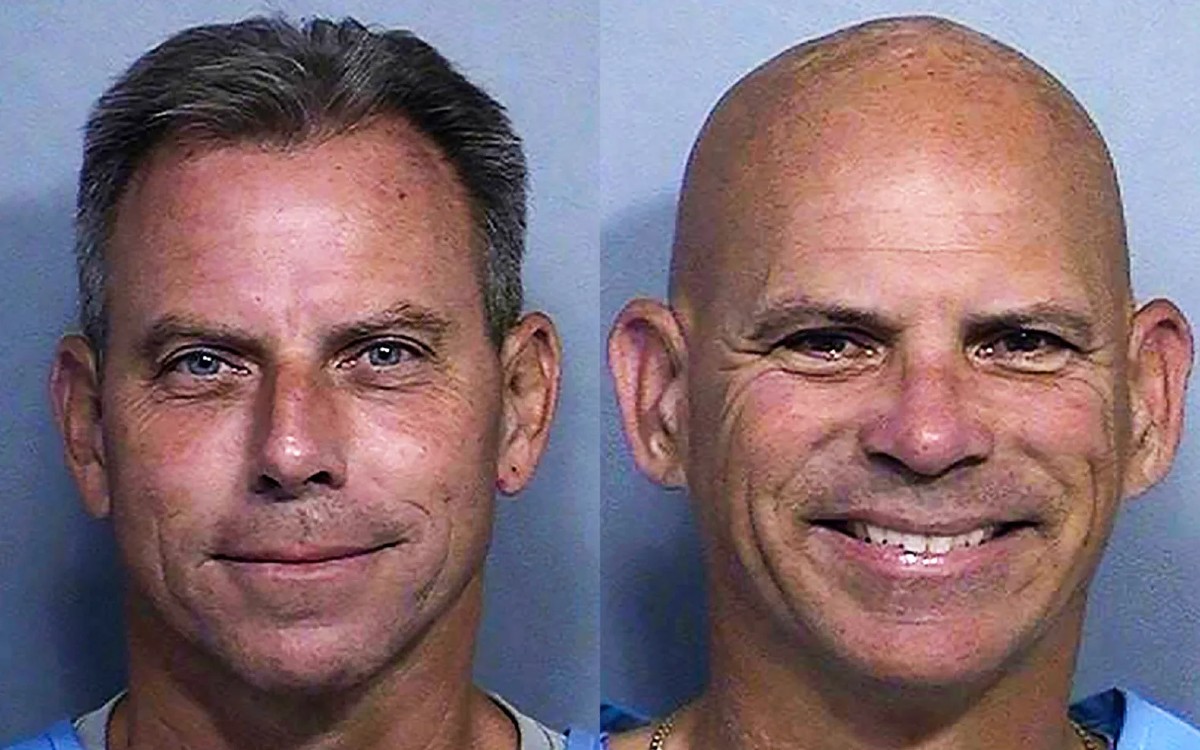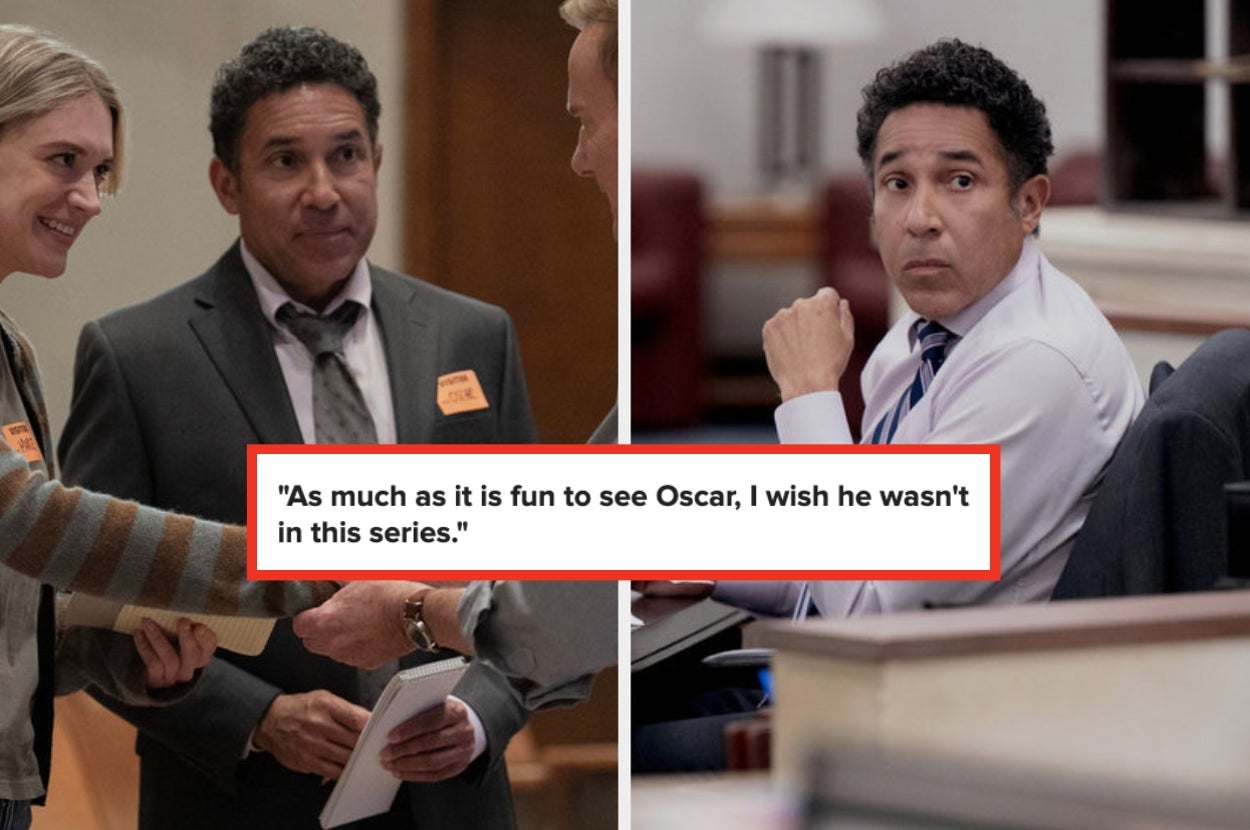
By the simplest, most reliable measure we have — murder statistics — the U.S. has been getting less and less violent lately. Murders rose sharply early in the pandemic, but if the 20% murder decline over the first half of the year in the 548 jurisdictions tracked by the Real-Time Crime Index were to hold true for the entire nation for the entire year, the 2025 murder rate would be lowest since before 1960.
Medical advances mean shooting victims are much more likely to survive now than in 1960, so such long-run comparisons are to some extent misleading. But (1) Americans are still much less likely to die of murder than they were a few decades ago, which is good news, and (2) medical advances don’t explain what might turn out to be a 40% decline over the past five years.
I mention all this as context for the understandable concern that the U.S. is awash in wave of worsening violence after the assassination of conservative political activist Charlie Kirk last week and a mass shooting at a Colorado high school the same day. In the broadest sense, it clearly is not. But while most assaults and murders in the U.S. are committed by acquaintances and family members, mass attacks or politically targeted ones receive more attention and can have more ominous consequences. They’re also rare enough that it’s hard to make sense of the statistics on them. What follows is my cautious attempt to do so.
The Violence Project at Hamline University has a database of political assassinations and assassination attempts in the U.S. that Bloomberg Economics used last week to show that the five such attacks on politicians from 2021 through 2025 was the highest number for any five-year period on record. This is true, but when you look at the numbers year by year, the past two have been anomalously bad, but it’s hard to discern any pattern beyond that (one caveat: Because he wasn’t an elected official or running for office, Kirk’s killing is not included here).
There are multiple databases of mass shootings like the one in Colorado last week, each of which defines mass shootings (or in one case mass killings) a bit differently. Most seem to follow a pattern similar to this one maintained by the Rockefeller Institute of Government of the State University of New York, which defines them as shootings of one or more victims who were “chosen either at random or for their symbolic value” and shows a big rise over the past three decades but a decline in recent years.
Alex Nowrasteh, vice president for economic and social policy studies at the libertarian Cato Institute, maintains a database of terrorist killings, which he defines broadly as those that involve “use of illegal force and violence by a nonstate actor to attain a political, economic, religious or social goal through coercion, fear, or intimidation.” Charlie Kirk’s murder is included here — although you can’t see much evidence of his or any other recent deaths in Nowrasteh’s full compilation of terrorist deaths since 1975 because it’s dominated by the Sept. 11, 2001, terrorist attacks and the 1995 bombing of the Oklahoma City federal building.
This ability of just two events to overshadow all the rest combined is one indication of why risk statistics for things like terrorism aren’t super-informative. But to make them at least a bit more informative, here’s what the statistics look like without those two tragedies. The baseline level of violence looks to be higher these days than it used to be, and again 2025 isn’t over yet.
Nowrasteh originally compiled this data for research into the immigration backgrounds of foreign terrorists — those here on tourist visas were responsible for most of the deaths, he found, and illegal immigrants for none at all. He also labeled all the attackers by ideology. There’s an open-source database of terrorism prosecutions maintained by the Prosecution Project that does the same, and both it and Nowrasteh’s database show Islamists and those on the political right to be the main culprits of US terrorist attacks over the past three decades, with leftists accounting for a relatively small portion.
For 2024 and 2025, Nowrasteh’s statistics do show a shift, though, with 17 deaths attributed to Islamism — all but one from a truck attack on Bourbon Street in New Orleans last New Year’s Day — seven to the left and three to the right. This is not enough data from which to draw meaningful conclusions but does indicate that conservatives who feel they are being targeted by leftist terrorists aren’t entirely wrong. Also, the Republican targets of recent attacks — President Donald Trump and Kirk — have been nationally prominent figures while the Democratic ones have been less so. I would imagine many rank-and-file Republicans don’t even know about this year’s murder of Democratic Minnesota legislator Melissa Hortman and her husband and the shooting of another Minnesota Democratic lawmaker and his wife, or the arson attack on the home of Governor Josh Shapiro of Pennsylvania.
They don’t know partly because President Trump and other leading Republicans chose to play down and even make light of the latter events. As a result, the reaction of the president, others in his administration and some other Republican elected officials to Kirk’s death, while surely genuine in its sadness and horror, has at times also come across as cynical and even downright sinister. “It is a vast domestic terror movement,” White House Deputy Chief of Staff Stephen Miller said this week. “And with God as my witness, we are going to use every resource we have to the DOJ, DHS, and throughout this government to identify, disrupt, dismantle, and destroy these networks.”
This is a justification for persecuting leftists, not a serious analysis of what’s causing political violence. None of the recent acts appears to involve an organized terror network, and many don’t align with coherent ideologies. Grown men with troubled lives, and a bent toward fabulism, are a recurring theme in recent violence, as are promising young men whose brains have been pickled by online discourse. The New Year’s Day truck attack on Bourbon Street in New Orleans has been described as ISIS-inspired, but the culprit was an 42-year-old U.S. Army veteran from Texas with an unraveling life and no known ties to the Islamic State. The 57-year-old charged with the Minnesota killings had conservative political leanings but has also been described as struggling financially and having a penchant for making stuff up. The shooter of Trump last year and the accused shooter of Kirk last week were star students who spent a lot of time online, with the politics of the first still unclear and Kirk’s accused killer seemingly leaning left (that’s how Nowrasteh has categorized him).
Anger at Trump’s return to power and Israel’s occupation of Gaza are two chief sources of online rage at the moment, and that shouldn’t be swept under the table, but as journalist Derek Thompson argued in a useful summing-up of the evidence this week, the main drivers of mass shootings and political violence in the US these days seem to be (1) social isolation and (2) what he calls the “dark laws” of online engagement that reward negativity, extremism and animosity toward the other side. Repealing those dark laws may not be possible in any case. Hoping for constructive action from a president who rose to power in part because of his adeptness at following them is probably a mistake.
Justin Fox is a Bloomberg Opinion columnist covering business, economics and other topics involving charts. A former editorial director of the Harvard Business Review, he is author of “The Myth of the Rational Market.”



